A delicious Japanese breaded pork sandwich that no one can resist!
If you have spotted it in mouth-watering cooking videos, this Japanese sandwich has surely piqued your interest. Crispy pork, pillowy bread, and a generous drizzle of Tonkatsu sauce are the keys to this next-level, indulgent treat!
What is Katsu Sando?
As you might have guessed, Katsu Sando (カツサンド) is a sandwich the Japanese are particularly fond of. As with the Tamago Sando, the word “sando” simply means “sandwich” in Japanese.

So do not be surprised to find many kinds of “sando”; each one is simply a different sandwich. They are almost always made with shokupan, an ultra-soft Japanese milk bread.
In this case, unlike Tamago Sando, the key word is “katsu”. It refers to a Japanese-style fried cutlet. When the cutlet is pork, the dish is called Tonkatsu (“ton” means pork). With chicken it becomes Tori katsu, and with miso it is miso katsu. The meat is coated in panko and deep-fried. Panko is essential because this Japanese breadcrumb gives the cutlet its signature airy crunch.
Panko is made from crustless bread and comes in airy flakes… They stay crispy longer and absorb less oil than regular breadcrumbs.
Preparing the cutlet takes a little effort, but yoshoku (Western-influenced Japanese dishes) are beloved for a reason! The result is well worth it.
Where does Katsu Sando come from?
Katsu Sando first appeared in Japan and became very popular in the 1920s. Like many sandwiches there, it is seen as a Japanese take on a Western idea that spread during the Meiji era (1868-1912), a time of major international trade.

Since its debut, Katsu Sando has naturally evolved. Pork is most common, but breaded chicken (chicken katsu), breaded fish, and even the Korean version, Donkatsu, all have their fans.
People also switch up the sauces or vegetables to play with flavors and textures. You can even skip deep-frying entirely by cooking the Tonkatsu in an air fryer.
Main ingredients of katsu sando
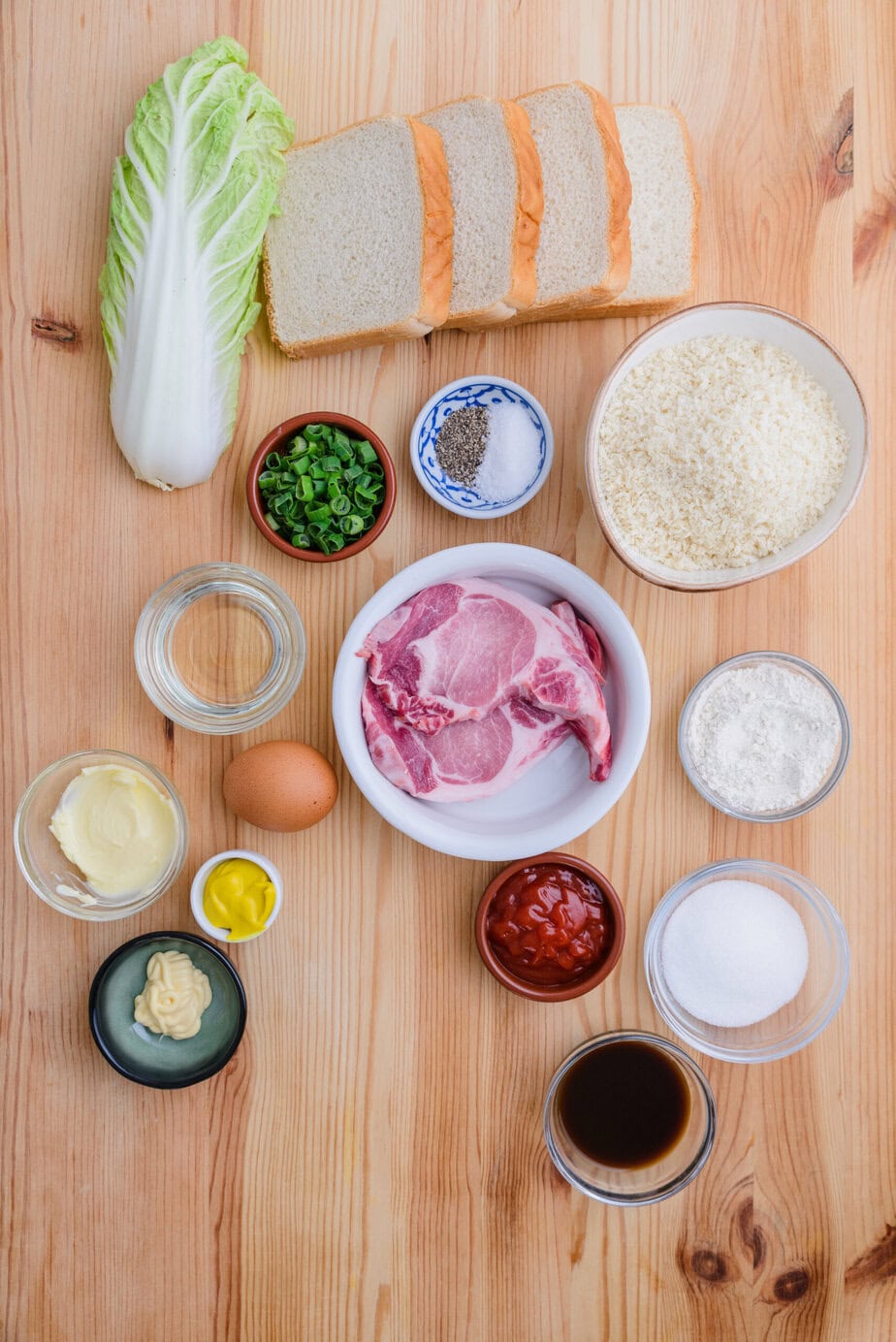
The tonkatsu: The star of the show. These are breaded, fried pork cutlets.
Panko: The light, flaky breadcrumb that gives the cutlets their signature crunch.
Shokupan: A soft, slightly sweet Japanese milk bread. Regular sandwich bread will work in a pinch.
Tonkatsu sauce: A thick, sweet-savory sauce traditionally served with tonkatsu. It adds depth and moisture to the sandwich. The Bulldog brand is easy to find in Asian grocery stores, but I also share a simple homemade version here.
Japanese Kewpie mayonnaise: Tangy yet slightly sweet, this mayo amps up the flavor of the katsu sando, especially when layered with tonkatsu sauce!
Tips for making a perfect Katsu Sando
A great Katsu Sando should be juicy, crispy, and indulgent, so start by preparing the meat properly. Make a few small cuts through the white band between the meat and the fat.
This keeps the cutlet from curling as it cooks. Also pound the meat so it cooks evenly and holds a neat, uniform shape!
Another trick: mist the panko lightly with water before coating the cutlet. After frying, the crust will look tighter and more uniform.
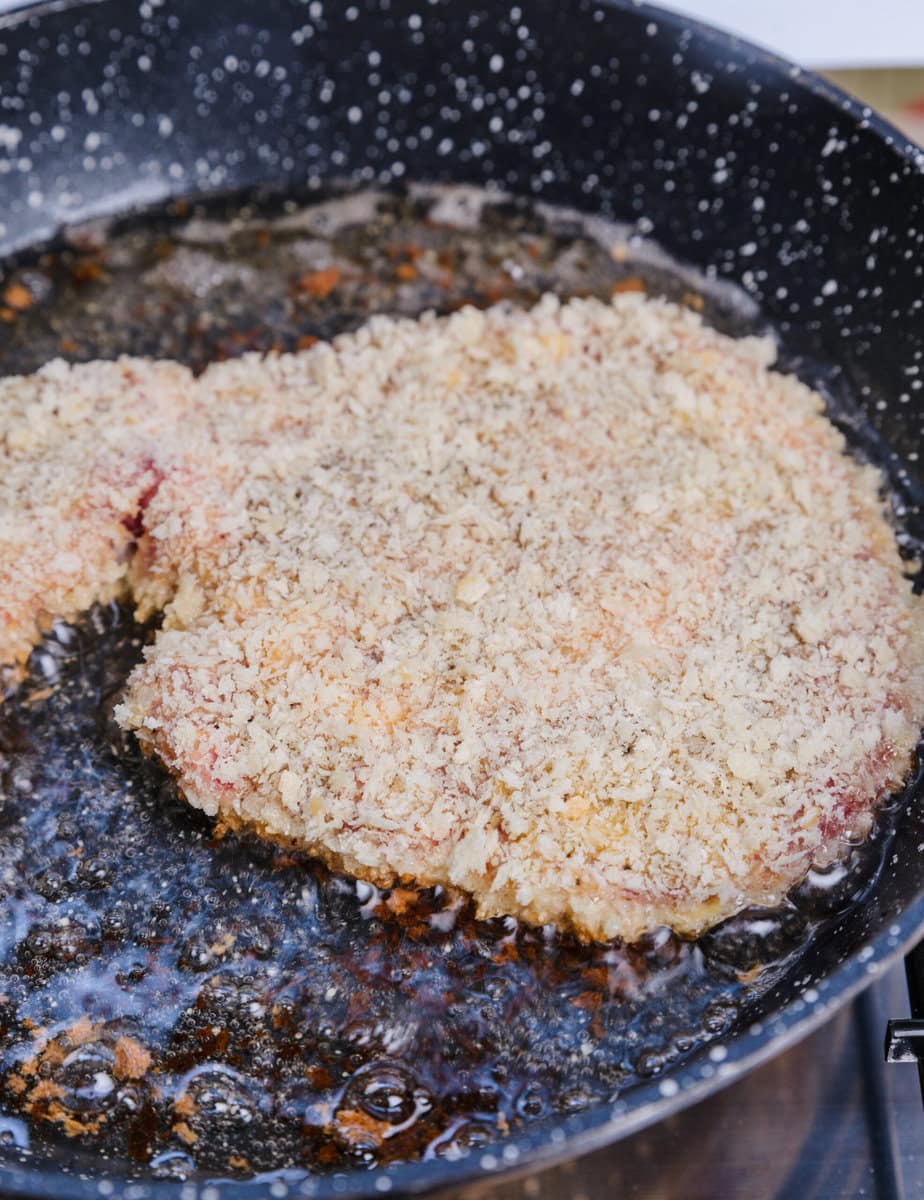
To keep the bread from getting soggy, butter each slice. The butter forms a barrier that stops the juices from soaking in. A thin layer is all you need.
And that is where the role of butter ends… Be generous with Tonkatsu sauce; it is the soul of the sandwich. Paired with Japanese mayo and shredded cabbage, you’ll see what I mean.
If the sandwich still feels like a handful, know that in Japan we often press the sando under a small weight before slicing it in half. If, despite your best efforts, it still is not firm, do the same to keep everything snug.

Katsu Sando – Japanese Crispy Pork Sandwich
Equipment
Ingredients
- 2 boneless pork chops
- 1 pinch salt
- 1 pinch black pepper freshly ground
- oil, for frying
- spring onions thinly sliced, for garnish
Breading
- 1 egg, beaten
- 2 tablespoons flour
- 1 deep plate panko breadcrumbs
Tonkatsu Sauce
- 4 tablespoons ketchup
- 8 tablespoons Worcestershire sauce
- 4 teaspoons sugar
For the Katsu Sando
- 1 leaf Chinese cabbage
- 4 large slices shokupan Japanese milk bread; regular sandwich bread works too
- 2 teaspoons unsalted butter
- 2 teaspoons mustard
- 1 tablespoon Japanese mayonnaise
- Tonkatsu sauce prepared as above
Instructions
Tonkatsu Method
- Pound the pork chops to an even thickness, season with salt and pepper, and trim any excess fat.2 boneless pork chops, 1 pinch salt, 1 pinch black pepper
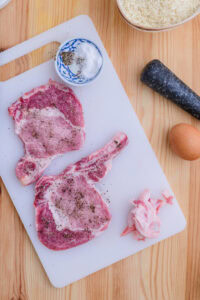
- Coat the pork in flour, pressing gently, then shake off any excess.2 tablespoons flour

- Dip the pork into the beaten egg, ensuring it is fully coated.1 egg, beaten
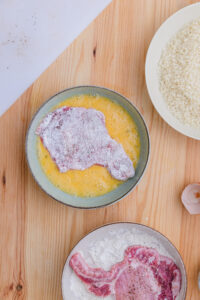
- Press the cutlets into the panko, coating all sides, then shake off the excess crumbs.1 deep plate panko breadcrumbs
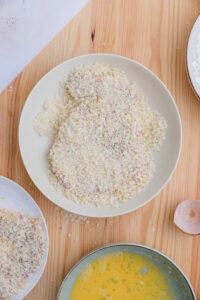
- Fry for 1 minute per side in oil heated to 180 °C.oil, for frying

- Let the cutlets rest for 5 minutes.
- Return the cutlets to the oil and fry for another minute per side.
- Rest for 2 minutes, then slice.
For the Tonkatsu Sauce
- In a small bowl, stir together the ketchup, Worcestershire sauce, and sugar until the sugar dissolves.4 tablespoons ketchup, 8 tablespoons Worcestershire sauce, 4 teaspoons sugar
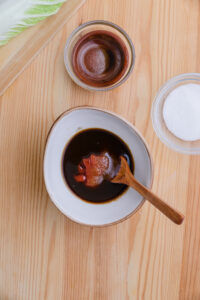
Assembling the Katsu Sando
- Finely shred or grate the cabbage.1 leaf Chinese cabbage
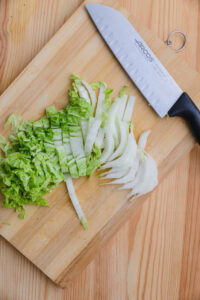
- Arrange the shokupan slices on your work surface. For each sandwich, spread butter on one slice, then top with mustard and mayonnaise.4 large slices shokupan, 2 teaspoons unsalted butter, 2 teaspoons mustard, 1 tablespoon Japanese mayonnaise

- Brush the second slice of bread with a little tonkatsu sauce.Tonkatsu sauce
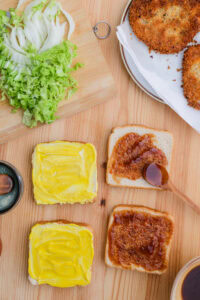
- Pile the shredded cabbage onto the buttered slice and drizzle with more tonkatsu sauce.
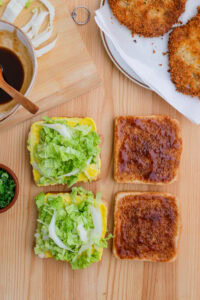
- Place the hot tonkatsu on top of the cabbage, then cap with the second slice of bread.
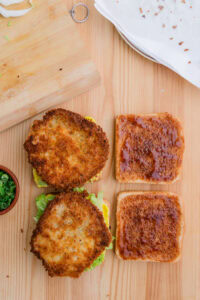
- Press the sandwich between two plates for about 5 minutes to help it set.
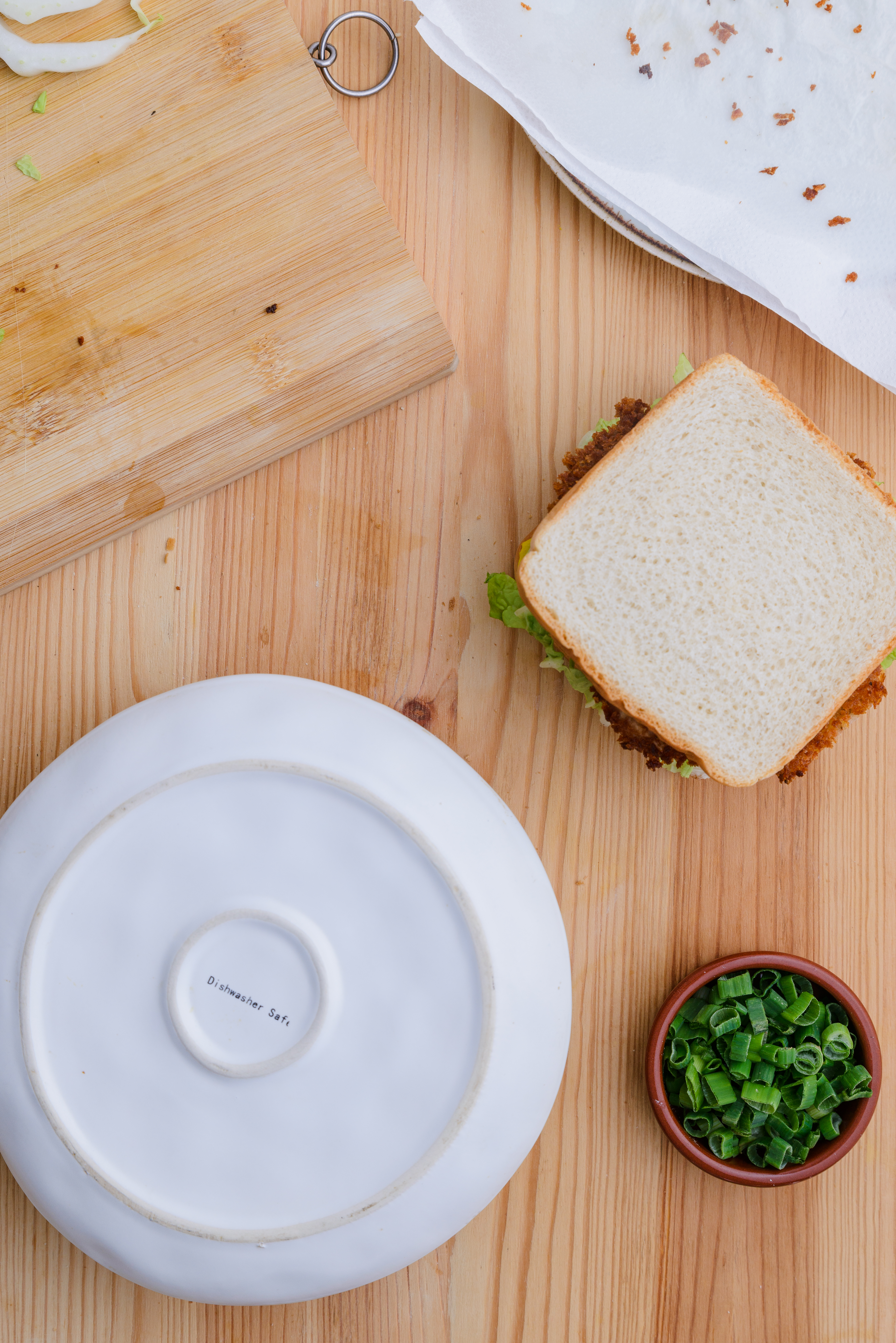
- Trim the crusts, then cut the Katsu Sando in half and serve immediately.
